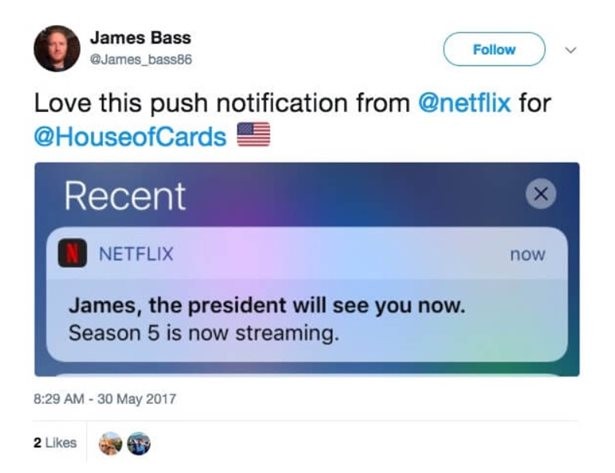2
min to read
Apr 17, 2024

In today's digital age, where information overload is a common challenge, businesses are constantly seeking ways to cut through the noise and engage their audience effectively. One powerful tool that has emerged in the realm of marketing and user engagement is hyper-personalization. This strategy involves tailoring content and messages to individual preferences, creating a more personalized and relevant experience for users. One key aspect of hyper-personalization is the customization of push notifications, which can significantly impact user engagement and retention. In this article, we will explore the concept of hyper-personalization, its benefits, and best practices for tailoring push notifications to individual preferences.
Understanding Hyper-Personalization

Hyper-personalization goes beyond traditional personalization by leveraging advanced data analytics, artificial intelligence, and machine learning algorithms to deliver highly targeted and relevant content to users. By analyzing user behavior, preferences, and interactions, businesses can create personalized experiences that resonate with individual users on a deeper level. This approach not only enhances user engagement but also fosters brand loyalty and drives conversions.
Benefits of Hyper-Personalization
Improved User Engagement: By delivering personalized content that aligns with users' interests and preferences, businesses can capture their attention and encourage interaction.
Enhanced User Experience: Tailoring push notifications to individual preferences creates a more seamless and enjoyable user experience, leading to higher satisfaction and retention rates.
Increased Conversions: Personalized messages are more likely to resonate with users, prompting them to take desired actions such as making a purchase or signing up for a service.
Better Customer Insights: By collecting and analyzing data on user behavior and preferences, businesses can gain valuable insights that can inform future marketing strategies and product development.
Best Practices for Tailoring Push Notifications
Segmentation: Divide your user base into segments based on demographics, behavior, or preferences to deliver targeted messages that are relevant to each group.
Behavioral Triggers: Use user interactions such as app usage patterns, purchases, or searches to trigger personalized push notifications that are timely and contextually relevant.
A/B Testing: Experiment with different message formats, timing, and content to identify what resonates best with individual users and optimize your push notification strategy accordingly.
Dynamic Content: Incorporate dynamic content such as user names, past interactions, or personalized recommendations to create a more personalized and engaging experience.
Optimization: Continuously monitor and analyze the performance of your push notifications to identify trends, patterns, and areas for improvement. Adjust your strategy based on data-driven insights to maximize effectiveness.
Case Studies
1. Starbucks
Starbucks utilizes hyper-personalization in its mobile app by sending personalized push notifications based on users' location, purchase history, and preferences. By offering targeted promotions and rewards, Starbucks has been able to drive customer engagement and loyalty.
2. Spotify
Spotify leverages hyper-personalization to recommend music based on users' listening habits, preferences, and mood. By sending personalized push notifications with curated playlists and new releases, Spotify keeps users engaged and encourages them to explore new content.
Conclusion
Hyper-personalization is a powerful strategy that can transform the way businesses engage with their audience. By tailoring push notifications to individual preferences, businesses can create more meaningful and relevant interactions that drive user engagement, loyalty, and conversions. By understanding the benefits of hyper-personalization and implementing best practices for personalized push notifications, businesses can stay ahead of the competition and deliver exceptional user experiences in today's competitive digital landscape.



